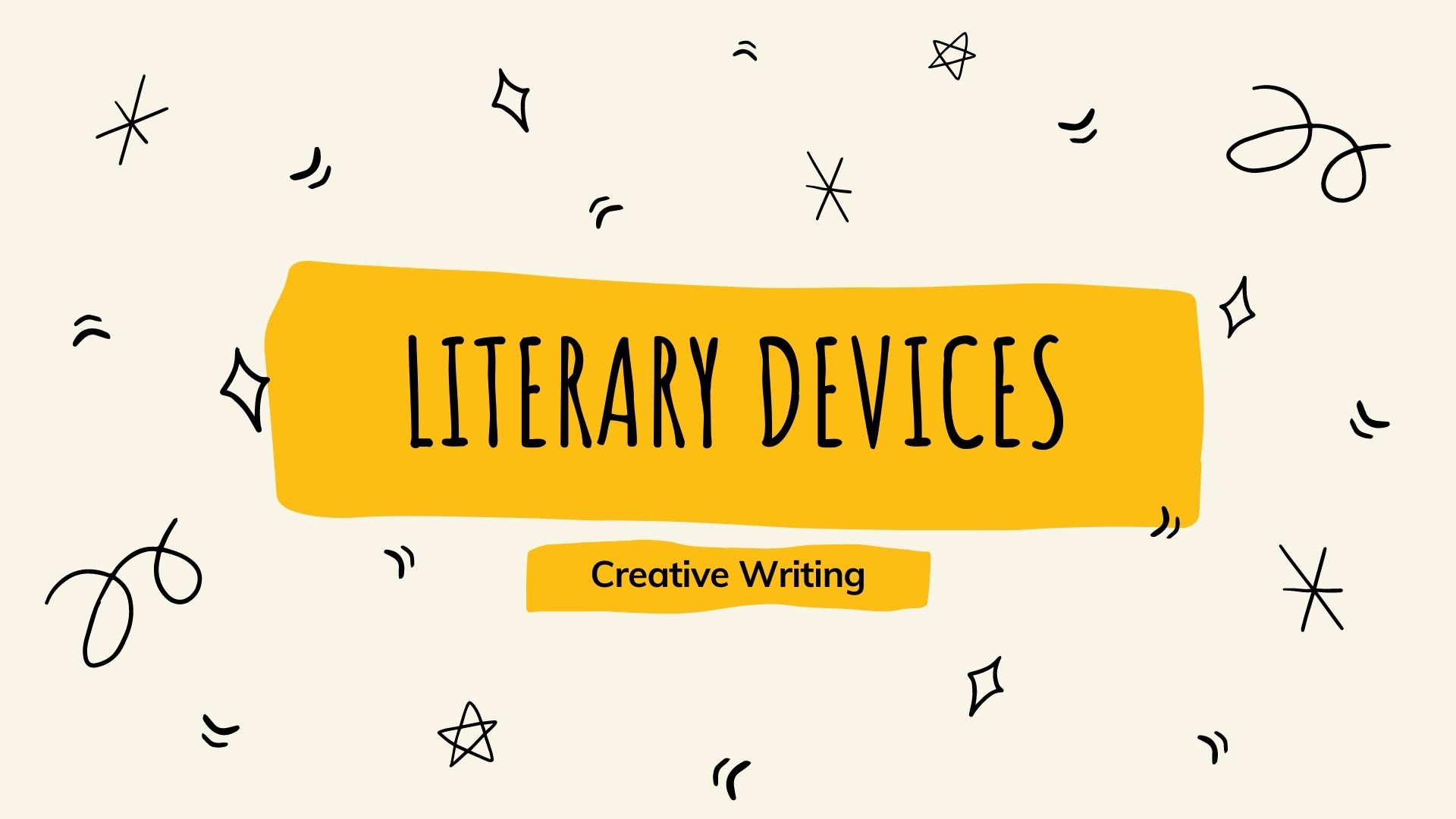Literary Devices 101: Guide for Writers
Hudson Miles (hudsonmiles)
on
June 5, 2023
Add a comment about this article!
Introduction
Literary devices are essential tools that
writers employ to add depth, meaning, and
creativity to their work. Whether you're an
aspiring author or a student working on an
essay, understanding and effectively using
literary devices can elevate your writing to
new heights.
In this comprehensive guide, we will
explore two important literary devices:
allegory and alliteration, and discuss how
they can be utilized to enhance your writing.
So let's delve into the fascinating world
of literary
devices and discover how they can
transform your words into masterpieces.
�

�
Allegory: Unveiling Hidden
Meanings
An allegory is a literary device that uses
symbols and metaphors to convey a deeper
meaning beyond the literal interpretation. It
serves as a vehicle for writers to present
complex ideas, moral principles, or political
concepts in a more engaging and accessible
manner. By employing allegory, authors can
make their work resonate with readers on
multiple levels.
One notable example of allegory is George
Orwell's renowned novel, "Animal Farm."
Through the allegorical representation of
animals, Orwell critiques the political
landscape of his time, exposing corruption
and totalitarianism. Each character and event
in the story represents a real-life
counterpart, allowing readers to grasp the
underlying message more effectively.
The power of allegory lies in its ability
to connect with readers emotionally, as it
engages their imagination and encourages them
to think critically about the hidden
meanings. By incorporating allegorical
elements in your writing, you can add layers
of depth and complexity that will captivate
and resonate with your audience.
�
Alliteration: The Art of
Repetition
Alliteration is a literary device that
involves the repetition of consonant sounds
at the beginning of neighboring words. It
creates a musical quality, rhythm, and
emphasis, enhancing the overall aesthetic
appeal of the text. By skillfully employing
alliteration, writers can
create memorable phrases, draw attention to
specific words or ideas, and make their
writing more engaging and enjoyable to read.
Consider this famous line from William
Shakespeare's play, "Macbeth": "Fair is foul,
and foul is fair." The repetition of the "f"
sound creates a sense of harmony and rhythm,
leaving a lasting impression on the reader.
Shakespeare masterfully utilizes alliteration
throughout his works, showcasing its ability
to enhance the beauty and impact of language.
Incorporating alliteration in your writing
requires careful thought and consideration.
By strategically choosing words and crafting
sentences with alliterative elements, you can
create a distinctive style and tone that
leaves a lasting impression on your readers.
Whether you're working on a poem, a novel, or
an essay, harnessing the power of
alliteration can elevate your writing to new
artistic heights.
�
The Importance of Literary
Devices
Understanding and utilizing literary
devices is crucial for writers of all levels.
These tools enable you to express ideas more
vividly, evoke emotions, and convey complex
concepts in a concise and engaging manner. By
incorporating literary devices into your
writing, you can transform ordinary sentences
into extraordinary works of art.
Whether you're writing a persuasive essay,
a short story, or a novel, literary devices
can help you craft compelling narratives,
develop memorable characters, and create an
immersive reading experience. They enable you
to play with language, rhythm, and symbolism,
allowing your words to resonate deeply with
your audience.
Moreover, mastering literary devices not
only enhances your writing but also expands
your analytical skills as a reader. By
recognizing and analyzing the presence of
literary devices in published works, you can
gain a deeper understanding of the author's
intentions and unravel hidden layers of
meaning.
�
Conclusion
Literary devices are the secret weapons in
a writer's arsenal. They add richness, depth,
and creativity to your writing, making it
more engaging and impactful. In this guide,
we explored two important literary devices:
allegory and alliteration. Allegory allows
you to convey complex ideas through symbols
and metaphors, while alliteration creates
rhythm and emphasis through the repetition of
consonant sounds.
By incorporating these devices into your
writing, you can unlock new dimensions of
creativity and captivate your readers. So,
whether you're writing an essay, a novel, or
a poem, embrace the power of literary devices
and watch your words come alive.
For further assistance with your writing
needs, consider professional services like
5staressays. They provide exceptional writing
assistance, including services like "write my essay" ensuring
your work is polished and impactful.
�
�
Other literary devices you should
know:
From Words to Magic:
Harnessing Literary Devices for Impactful
Essays
Exploring the Power of
Literary Devices in Your Writing
From Allegory
to Alliteration: How to Master the Art of
Literary Devices
Unleash Your Writing
Potential: Harnessing the Magic of Allegory
and Alliteration
I'm sorry, this Article is unavailable or waiting for administration approval and therefore no comments are allowed.
|

